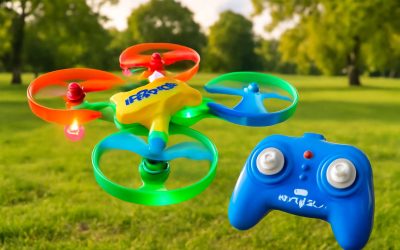
A professional drone is a high-end flying robot that’s capable of carrying out different tasks depending on the need. This includes capturing quality aerial images for commercial purposes, such as real estate and property listings or filming cinematography for movies. It can also be used to carry out inspections of structures or assets like bridges, power stations, and manufacturing plants. It can be operated manually from a ground station or autonomously controlled via GPS.
Drones have become a valuable tool in many industries, including agriculture, construction, insurance, search and rescue, oil and gas, mining, and more. But how can you decide which one is best for your needs? Choosing the right professional drone requires a thorough understanding of your specific requirements and what you’ll be using it for. Having this information will ensure you get the most out of your investment and help you make the best decision for your business.
Some of the most important aspects when choosing a professional drone are its camera, flight capabilities, and weatherproofing. A good quality camera will allow you to capture the data you need, whether that’s a high-resolution video or detailed still image. The ability to use a wide range of lenses will give you more options for specialized projects. In addition, a high-resolution sensor will enable you to capture better detail and colors in low light conditions.
The flight time and range of a drone are also essential factors to consider. A longer flight time will save you the trouble of having to constantly swap out batteries and can improve your efficiency. A large range will enable you to fly farther away from your control station, which is helpful if you’re working in an area that’s difficult to access or if you’re navigating a tricky terrain.
Lastly, weatherproofing is an important feature to consider, especially for professional/commercial drones that are being used in inclement weather. Having an IP rating of 54 or higher will allow you to operate the drone in rain, snow, and other inclement weather without having to worry about damaging your equipment.
While this list is not exhaustive, it provides a good snapshot of some of the ways that professional drones are being used today. For example, insurance companies are using drones to process insurance claims more quickly by allowing adjusters to collect visual data on roof damage without having to climb ladders. Meanwhile, industrial drones like the DJI M210 RTK enable professionals to capture centimeter-level positioning accuracy on industrial infrastructure and other complex sites. Lastly, indoor drones such as the Elios 2 are helping mining companies map their underground tunnels to increase safety and productivity.



0 Comments